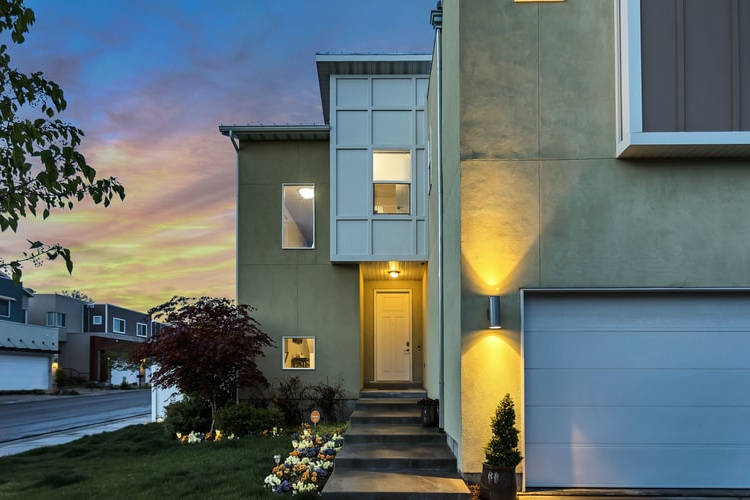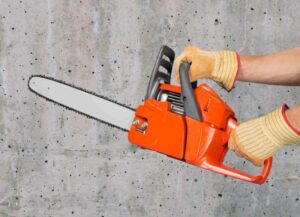Let’s face it, there’s nothing worse than trying to deal with the rain after you’ve just finished working on your rendering project. Although this is a common problem, not many people know what steps to take when it starts to rain while rendering to prevent further damage.
The best way to protect your fresh render from the rain is to cover it up with protective material, such as a tarp. If you’re worried about it raining after you’re done, use a render accelerator to make it dry faster by adding it into the render mix. This will prevent any rain damage from occurring.
How do you protect fresh render from rain?
The first thing that you should do if it starts to rain when your rendering is to cover it up to prevent any structural damage from taking place. It is best to use a waterproof or water-resistant tarp to help protect your render from the rain. There are many types of materials that would make a good waterproof/water-resistant tarp such as vinyl, canvas, or polyester just to name a few.
While a tarp is a great way to block out the rain or any other type of weather that may damage your render, there are also a variety of different alternative options that you can use to save your render. Some of the different items that you could use instead of a tarp include close mesh netting, rubber roofing sheets, plastic, and polythene just to name a few of them. Having one or a few of these items nearby during your project is a great way to stay prepared for anything that mother nature throws at you while you’re rendering. With that being said, if you’re able to get your hands on some tarp that will likely be the best option because it allows you to contain all of the debris and contaminants from your construction project within the site.
What happens if render gets wet?
When you let your render get exposed to the rain, you’ll face the risk of causing some permanent damage to the structure during the project or after it’s been completed. Rendering in colder temperatures and damp conditions may lead to what’s called lime bloom, which causes white discoloration on the surfaces of the cement. The lime bloom itself won’t cause any major issues to the structure other than its appearance and can be easily removed by applying hydrochloric masonry cleaner after soaking it. Aside from the aesthetic problems that the rain could cause to the colour and texture of the finish, it can also lead to major structural issues if you let the render absorb too much water.
Once any sort of moisture or dampness has been trapped beneath the surface of the render, it can start to seep into the walls and lead to timber decay inside the structure. Even after the project has been completed, there’s still a chance that moisture can enter within the building over time if there are any sort of cracks on the surface. The best way to deal with this is by inspecting your render for any exterior damage such as lumps or cracks, as often as possible, and quickly addressing those issues through a render repair job when needed. By doing so, you’ll be able to make sure that the structure of the building can stay in good shape for many years to come.
How long does it take for render to dry?
Typically you should only need to wait around 24 hours for your render to dry before it can get wet. If you’re planning on rendering during the cold weather it may take a little bit longer for the render to dry out. In those situations, your render may have too much moisture stored inside of it from the colder weather conditions which could lead to additional damage caused by the dampness. Make sure that you’re able to keep the scratch coat dry before applying the brown coat in order to prepare it for when you want to apply the finishing coat to the render once completed.
What happens if it rains after I render?
Worried about it raining a few days after you’re done rendering? You can add an additive called a Render Accelerator to the render mix to make it dry faster. It will help form a protective layer over the topcoat that will protect it from any weather conditions that may harm the render. This can be very useful during certain times of the year, especially winter, when there is an increased chance of rain or snow occurring in your area. It is also a great idea to make sure you have waterproof tarps handy in case an unexpected shower comes in.
Can you render in wet weather?
It is not a good idea to render when raining or if it looks like it is going to rain. Keeping your render dry from the rain during the early stages of the construction process is an important step in preserving the property over time. While it’s not always easy to be able to predict the weather on any given day, being prepared and having the necessary materials to cover up your render from any potential weather conditions is a great way to stay ready just in case it rains. Using some time out of your day to gather the right tools for your project can save you on time and money in the future that may need to be spent on a repair job if you’ve applied your render incorrectly. The preparation that you do today will allow you to act fast if it starts to rain while you’re rendering and prevent any structural damage from happening to your project. So if you are asking yourself, can you render outside in the rain? The answer is no, it is not advisable, just wait for a sunny day
We hope you found this article useful, please let us know in the comments what kind of projects you have been up to! If you enjoyed this blog, check out some of our other articles such as ‘Can I use an Angle Grinder to Level Concrete‘ or ‘Your Guide to Insulating your Garage’
We also have a range of quality diamond blades for sale specifically for precision cutting of concrete, brick and stone. Also check out our N95 Masks Australia that you should wear for any construction project.




